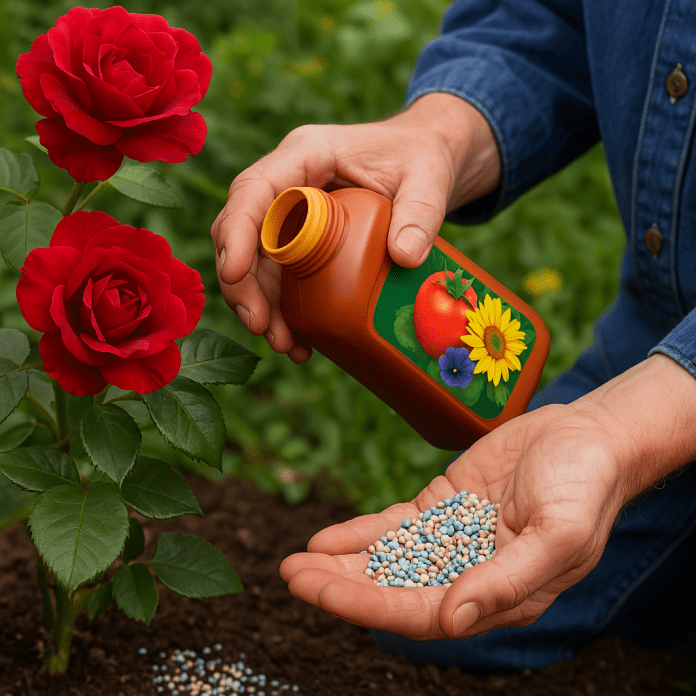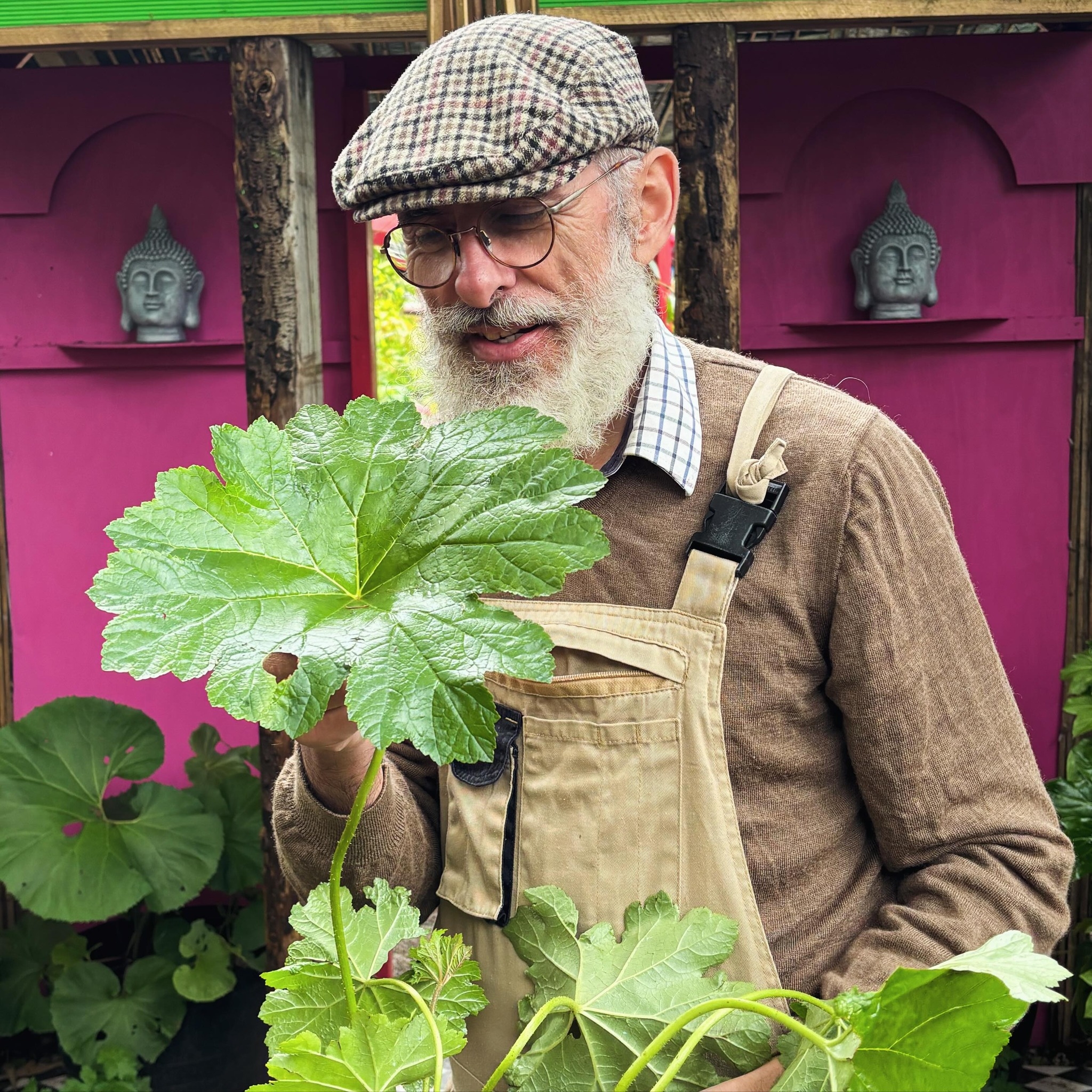🌿 Feeding Hungry Plants: How, When & Why to Do It Right
Just like us, plants need the right nutrients to grow strong, stay healthy, and perform at their best. While soil provides much of what they need, some plants are especially hungry — demanding more food to flower, fruit, or keep their lush looks.
Whether you’re growing showy roses, juicy tomatoes, or bold bedding plants, understanding plant feeding is key to gardening success.
🍽️ Why Feed Plants?
Plants use nutrients in the soil to fuel their growth — but over time, those nutrients get depleted, especially in containers, borders with heavy feeders, or beds that are in constant production.
Feeding helps:
- Boost flowering and fruiting
- Promote healthy, vigorous growth
- Improve resistance to pests and diseases
- Revive tired plants in poor or depleted soil
🌱 What Are Hungry Plants?
“Hungry plants” are those that need more than the average nutritional top-up to thrive. They include:
- Flowering stars: Roses, dahlias, clematis, sweet peas
- Fruit & veg: Tomatoes, courgettes, pumpkins, cucumbers, brassicas
- Leafy stunners: Cannas, bananas, colocasia, large-leaved perennials
- Containers & bedding: Petunias, geraniums, busy Lizzies, anything in a pot!
⚗️ Types of Plant Food
Plant foods are broadly divided into three types of nutrients:
- Nitrogen (N) – Promotes leafy growth
- Phosphorus (P) – Supports strong roots and establishment
- Potassium (K) – Boosts flowering, fruiting, and overall resilience
Depending on the plant, you’ll want a balanced feed (like 7-7-7) or a feed that’s high in one element, e.g.:
| Purpose | Use a Feed That’s High In… |
|---|---|
| Leafy growth | Nitrogen (e.g., Growmore) |
| Flowers & fruit | Potassium (e.g., Tomato feed) |
| Root development | Phosphorus (e.g., Bone meal) |
🕐 When to Feed Plants
Feeding isn’t a one-size-fits-all job. Timing depends on the plant and the season.
Spring
- Apply a general-purpose feed to beds and borders
- Begin liquid feeding for container plants
- Start feeding roses, fruit trees, and shrubs
Summer
- Feed flowering plants every 1–2 weeks
- Top up veg beds with high-potash feed
- Continue feeding container displays
Autumn
- Stop high-nitrogen feeds — you want plants to slow down, not put on soft, frost-vulnerable growth
- Use slow-release feed or mulch to improve soil for next season
Winter
- Most plants don’t need feeding — they’re dormant
🧴 How to Feed
- Granular feed: Sprinkle around the base of plants and lightly fork in. Slow release.
- Liquid feed: Fast-acting; mix with water and apply to roots (and sometimes leaves).
- Foliage spray: Absorbed quickly through leaves — useful for trace element deficiencies.
- Mulch and compost: A natural way to feed the soil gradually and improve structure.
Tip: Always feed moist soil, never dry — and water in well after applying.
🚫 Don’t Overdo It!
Too much feed, especially high in nitrogen, can result in lush foliage but fewer flowers or fruit. Worse, it can lead to salt build-up in pots or cause root burn.
Follow the instructions on your chosen feed — more isn’t always better.
🌼 Final Thoughts
Feeding hungry plants doesn’t have to be complicated. Once you get the hang of what your plants need and when, you’ll see the difference in blooms, harvests, and lush green growth.
A little food at the right time can mean the difference between a decent display and a dazzling one.




